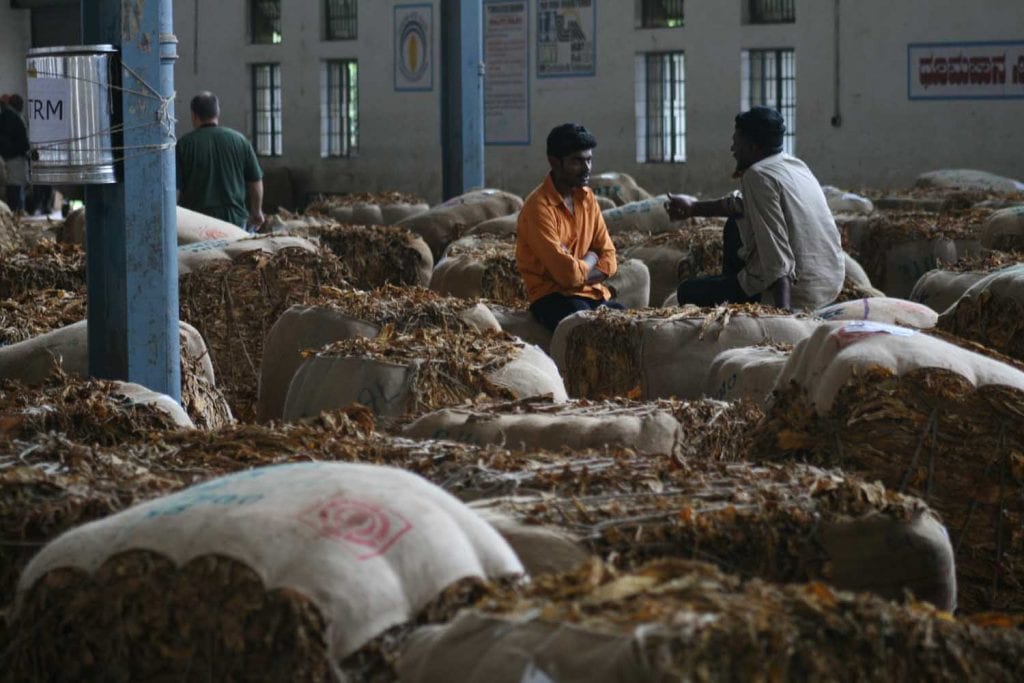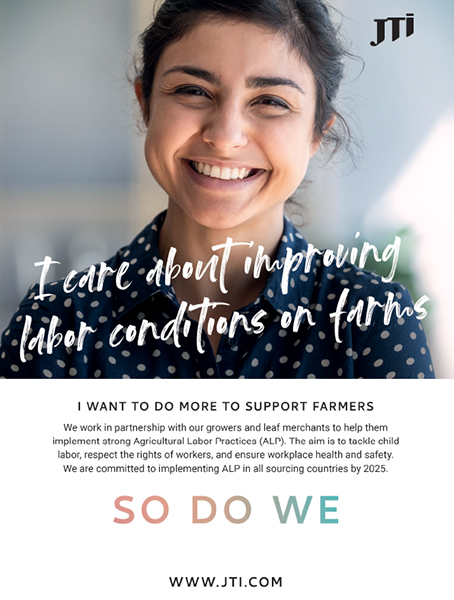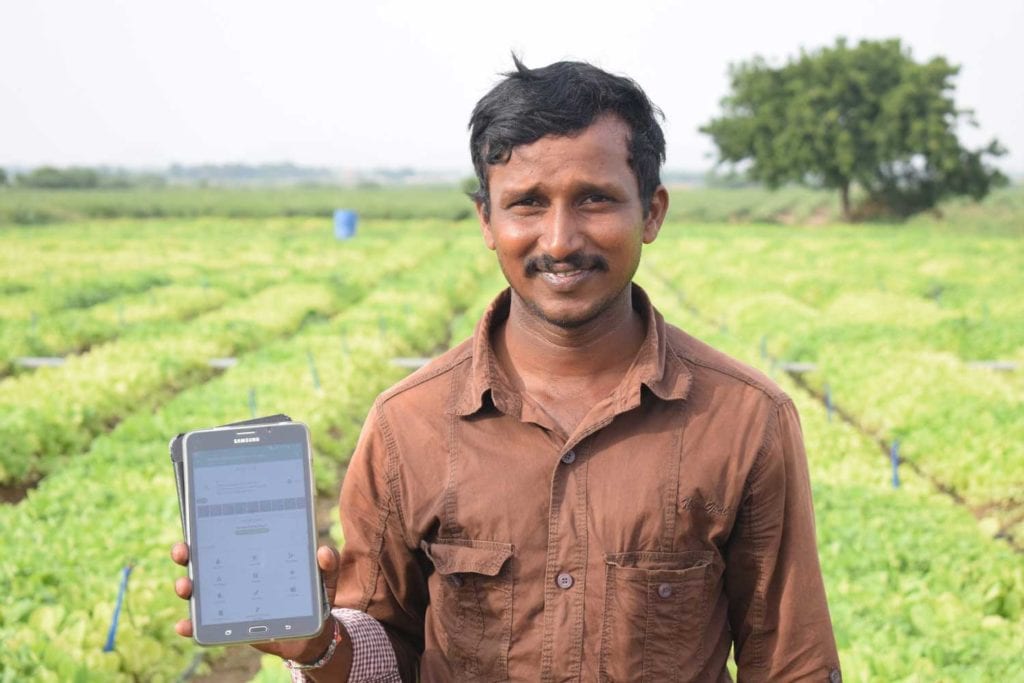Diversification is Key
Elected in June 2020, Malawi’s new government is committed to reducing the country’s dependence on tobacco. Its “Malawi Vision 2063” plan aims to turn Malawi into a wealthy, self-reliant nation. The country is also a signatory to the African Continental Free Trade Area Agreement (AfCFTA), which is estimated to boost intra-African trade by 52 percent by 2022.
“For Malawi to be successful in this, our agricultural exports need to be competitive and prioritize value addition,” Nakhumwa explains. “Otherwise, we may be the losers and fail to exploit the 1.3 billion population AfCFTA market. Further, the total value of food imports in Malawi has more than doubled between 1998 and 2020. These imports mostly consist of products from crops that the country produces itself, which is cereals and oil seeds. This demonstrates the readily available domestic market and points to some of the things we have to focus on as part of an import substitution strategy.”
To support the country in its transition toward a more sustainable, diverse agriculture sector, the FSFW awarded a grant to a consortium led by Land O’Lakes Venture 37 to set up and manage the Centre for Agricultural Transformation (CAT) in Malawi in 2019. The CAT addresses an objective of Article 17 of the Framework Convention on Tobacco Control to assist tobacco farmers in the development of alternative livelihoods. The CAT includes several initiatives such as the science, technology, innovation (STI) program and business and incubation cohort (BIC), both of which will help smallholder Malawian farmers make economically viable, data-driven decisions for diversifying their livelihoods. The center facilitates the development of new technologies, partnerships and income opportunities to help farmers achieve greater economic success in the coming years, with a special focus on women and youth. Numerous programs under the CAT are dedicated to encouraging women and youths to engage in agriculture, link up farmers to markets to sell their produce at competitive prices or training them on vital entrepreneurship.
In addition, through a policy program led by Michigan State University, FSFW is supporting targeted policy reforms while also working closely with Malawi’s National Planning Committee. Michigan State University has also supported the establishment of the Malawi Agriculture Policy Advancement and Transformation Agenda Institute. Institutions play an important role in helping women to develop a vision of what they want to do and where they want to be. Policies have been aligned accordingly, Nakhumwa says. “What we have to do as development partners is to ensure that we generate evidence that supports these policies so that governments recognize that if they change certain aspects in existing policies, women will benefit. There is need for legal review to ensure that all policy and legal instruments are tailor-made to support equality between men and women.”
FSFW is also contributing toward human capital development efforts to strengthen the capacity of researchers and professionals, both men and women, in high-priority fields that will help the country transform its agricultural sector. Scholarships have also been awarded to candidates based in Malawi who are pursuing their master’s degrees and doctoral degrees and advancing their postdoctoral research in agriculture, business, data science, economics, ecology/environment and engineering. This effort is in addition to institutional capacity building and business incubation support offered through the CAT and policy programs.
Nakhumwa says that diversification will be good because other commodities will allow women to participate in production and marketing. However, she notes, women will benefit from diversification only if certain conditions are met. “To support farmers, we need to enhance access to improved technologies for women so that they can experience increased productivity in production of the crops or livestock they will be producing. If they continue to produce at low productivity, the women will still fall behind.
“We also need to help the woman to access competitively priced finance so that when she goes to the farm, she will be able to invest the required amounts of inputs and produce the volumes and quality that she can take to the market. Through the STI and BIC pillars of the CAT, tailor-made programs have been launched for women to learn about and access improved agricultural technologies and capital as well as develop necessary technical and entrepreneurship skills to grow their businesses. Focus on women and youth is at both the enterprise level—women and youth-led agri-enterprises—and the business model level, with emphasis on women and youth inclusion.”
Other important factors include investing in labor-saving technologies as well as ensuring that women get access to structured and competitive markets as well as control over land. Nakhumwa emphasizes that to benefit from diversification, the woman needs to be empowered to upgrade in the value chain.
“Instead of being laborers only, women need to be supported to own strategic factors of production and begin to add value to what they are producing to maximize the value they earn from their efforts. I also believe that when these women farmers are organized in groups, they can benefit from economies of scale. They can easily be taught new technologies and management practices. Finally, we need to deal with cultural barriers that exist so that even in these new commodities, the woman is treated like an equally important partner.”





























